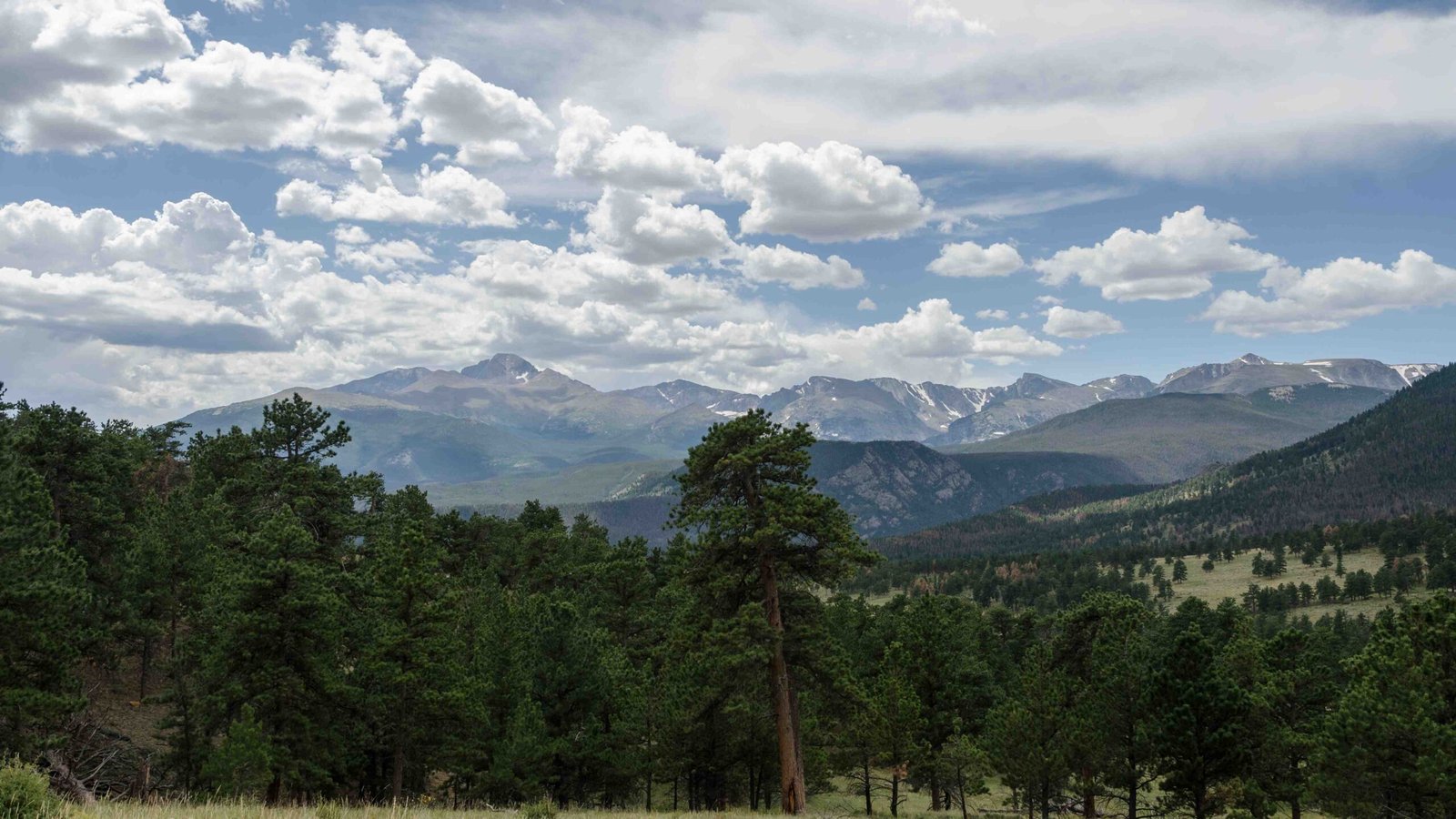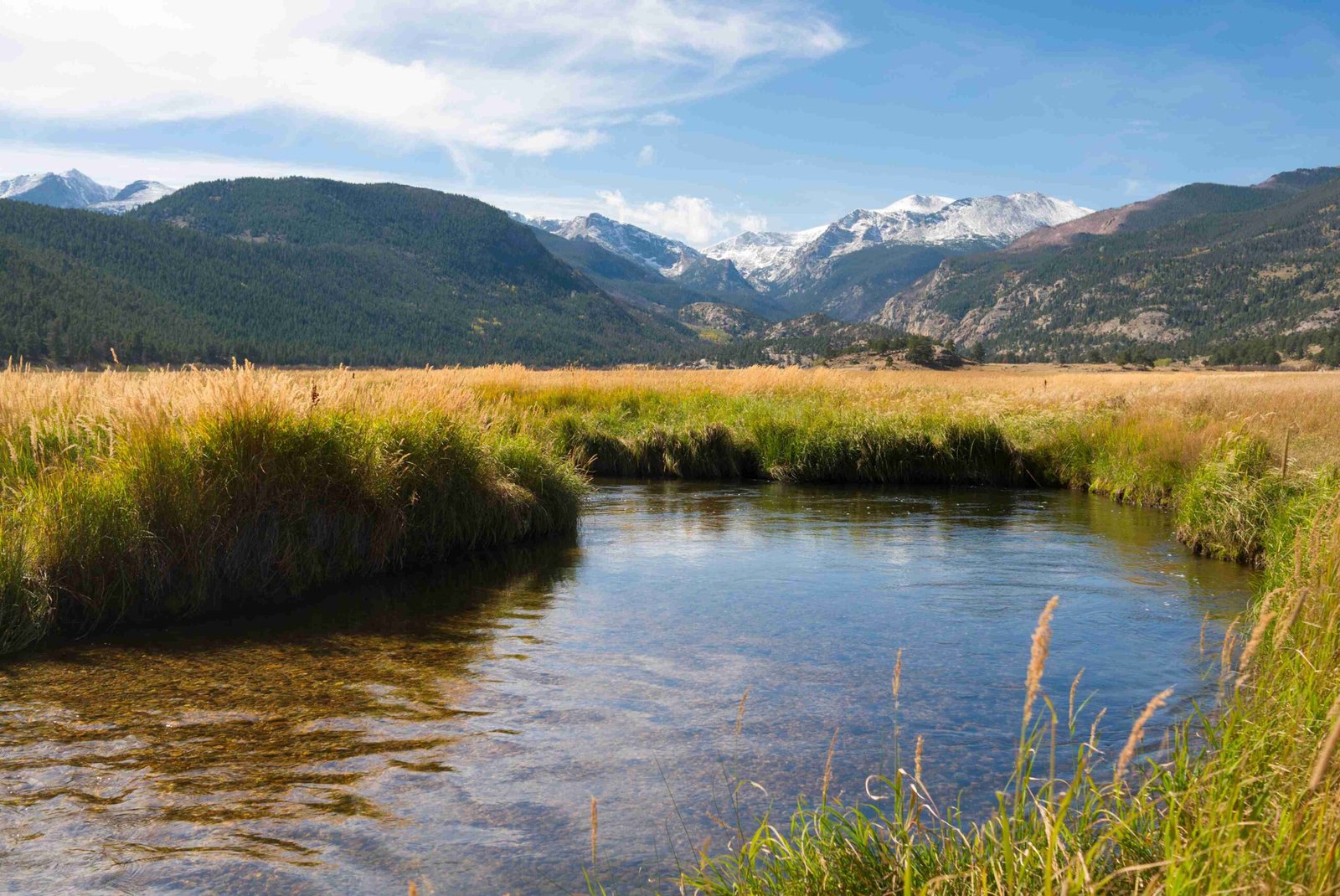Rocky Mountain National Park’s citizen science programs engage visitors in meaningful research projects. These initiatives focus on monitoring visitor impacts, wildlife tracking, and ecological studies. Participants contribute valuable data using GPS units and tablets, helping park managers make informed decisions. The programs aim to foster environmental stewardship while providing unique educational experiences for volunteers of all ages.
What Are the Current Citizen Science Projects in Rocky Mountain National Park?

Rocky Mountain National Park offers several citizen science projects that allow visitors to contribute to important research. The primary focus is on measuring and understanding visitor impacts on the park’s resources. Here’s an overview of the main project:
Visitor Impact Monitoring Project
Goals:
– Monitor and assess the effects of visitor use on park resources
– Develop methods for collecting baseline data on trail use impacts
Methodologies:
– Utilize high-accuracy GPS units and hand-held electronic tablets with GIS maps
– Record impacts such as:
– Human waste
– Trash
– Illegal campfire rings
– Map social trails and congregation areas
Participant Requirements:
– Training in the monitoring protocol
– Dedication to data collection and discussions on visitor use management
– Participation in the park’s Volunteers-in-Parks program
Volunteer Metrics:
– 24 citizen scientists involved
– Nearly 500 volunteer hours contributed
How Does Wildlife Monitoring Fit into Citizen Science Initiatives?

While the primary project focuses on visitor impacts, Rocky Mountain National Park also incorporates wildlife monitoring into its citizen science efforts. These initiatives help researchers understand animal behaviors and ecosystem dynamics.
Species Tracked
- Various animals, birds, and insects (specific species may vary by project)
Data Collection Methods
- Observations
- Camera traps
- Mobile apps
Volunteer Training
- Participants receive training in proper data collection techniques
- Emphasis on ensuring quality and consistency of data
What Opportunities Exist for Visitor Engagement in Citizen Science?
Rocky Mountain National Park offers various ways for visitors to get involved in citizen science projects. These opportunities not only contribute to research but also enhance the visitor experience.
Scheduled Events and Educational Programs
- Regular programs focusing on citizen science participation
- Educational talks on Leave No Trace practices and responsible recreation
Participation Accessibility
| Aspect | Details |
|---|---|
| Cost | Generally free or low-cost |
| Accessibility | Open to a wide range of visitors |
| Inclusivity | Efforts to engage diverse groups and community members |
What Are the Key Ecological Research Efforts in the Park?
Citizen science in Rocky Mountain National Park contributes significantly to ecological research. These efforts help park managers and scientists better understand and protect the park’s ecosystems.
Research Focus Areas
- Trail degradation assessment
- Waste management impact studies
- Ecosystem health monitoring
- Animal behavior observations
- Historical ecology investigations
Data Analysis Techniques
- Mapping of recorded impacts
- Quantification of impact severity and frequency
- Correlation analysis between visitor numbers and environmental effects
Institutional Collaborations
Rocky Mountain National Park partners with various organizations to enhance its citizen science programs:
- National Environmental Education Foundation (NEEF)
- US Department of Education
- Local universities and research institutions
These collaborations help in:
– Delivering STEM programming
– Engaging under-resourced communities
– Expanding the scope and impact of citizen science initiatives
How Can Visitors Prepare for Citizen Science Participation?
To make the most of citizen science opportunities in Rocky Mountain National Park, visitors should:
- Check the park’s official website for current projects and schedules
- Register in advance for specific programs if required
- Familiarize themselves with basic park regulations and safety guidelines
- Bring appropriate gear (e.g., comfortable hiking shoes, water, sunscreen)
- Be prepared to learn and follow data collection protocols
What Impact Does Citizen Science Have on Park Management?
Citizen science projects in Rocky Mountain National Park play a crucial role in informing management decisions:
- Resource Protection: Data on visitor impacts helps in developing strategies to protect sensitive areas
- Trail Management: Information on trail use and degradation guides maintenance and improvement efforts
- Visitor Education: Findings from citizen science projects inform educational programs and signage
- Policy Development: Long-term data trends influence park policies and regulations
By involving visitors in these research efforts, the park not only gathers valuable data but also fosters a sense of stewardship among participants, creating a more engaged and informed public.

